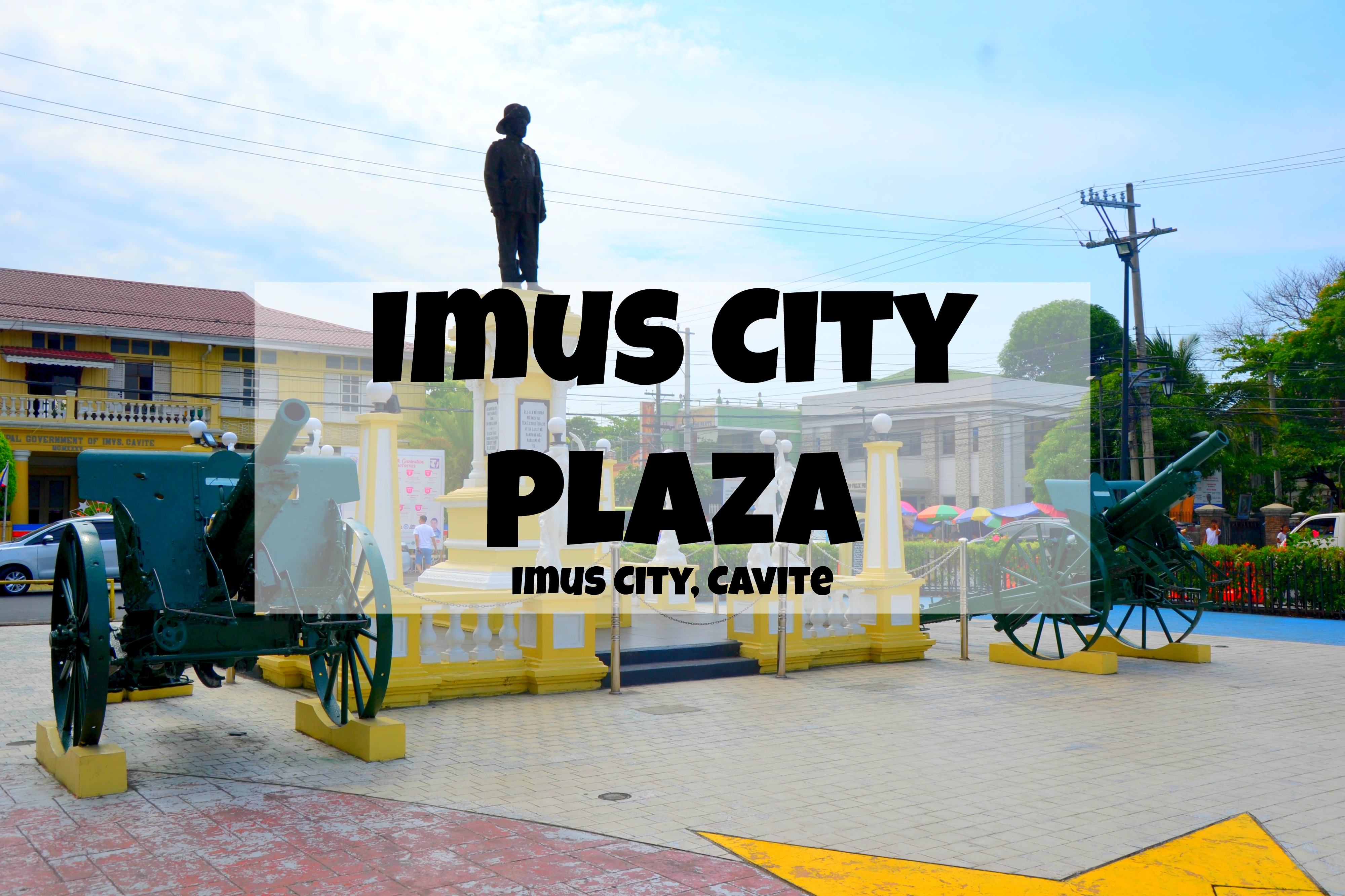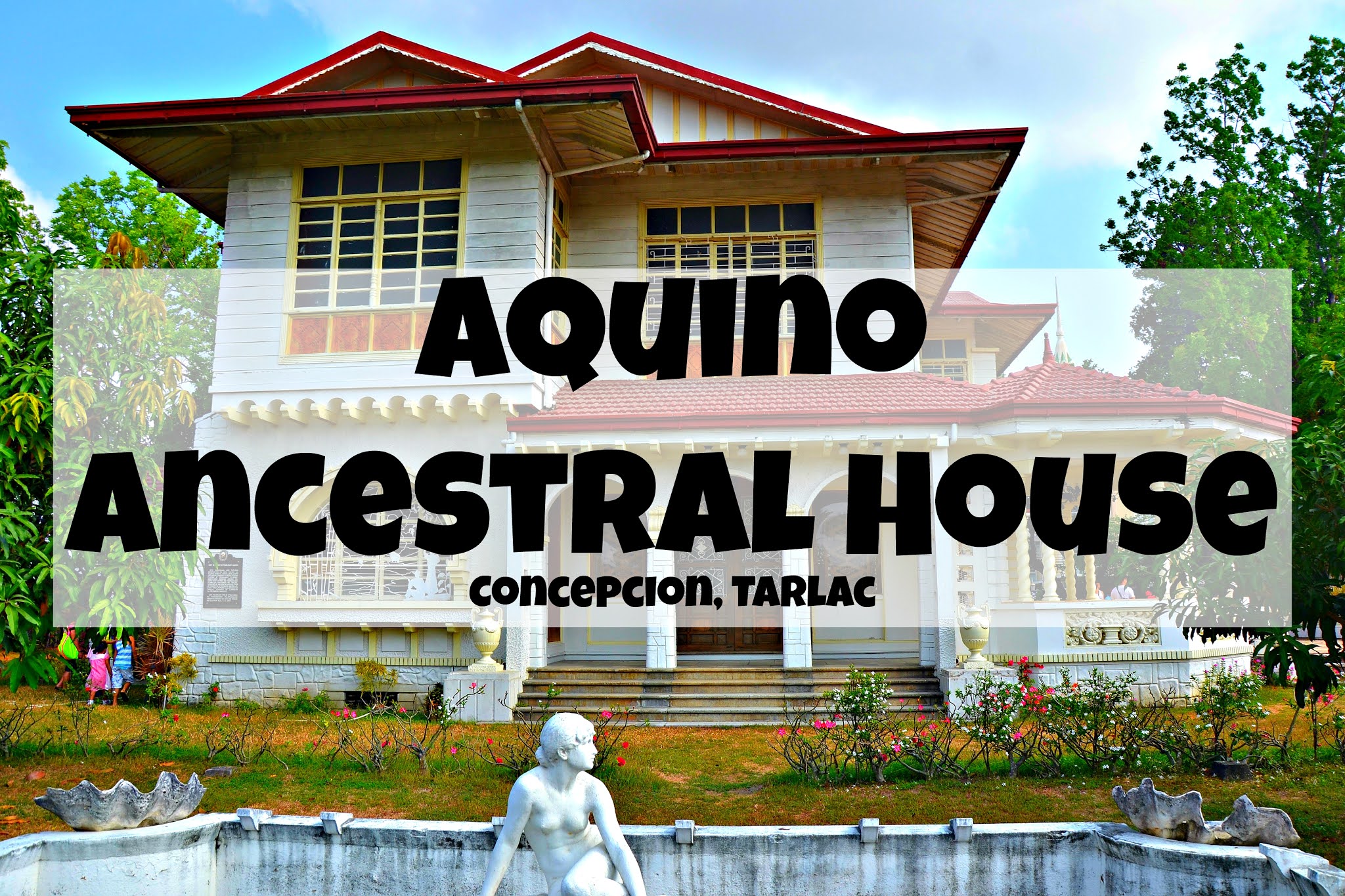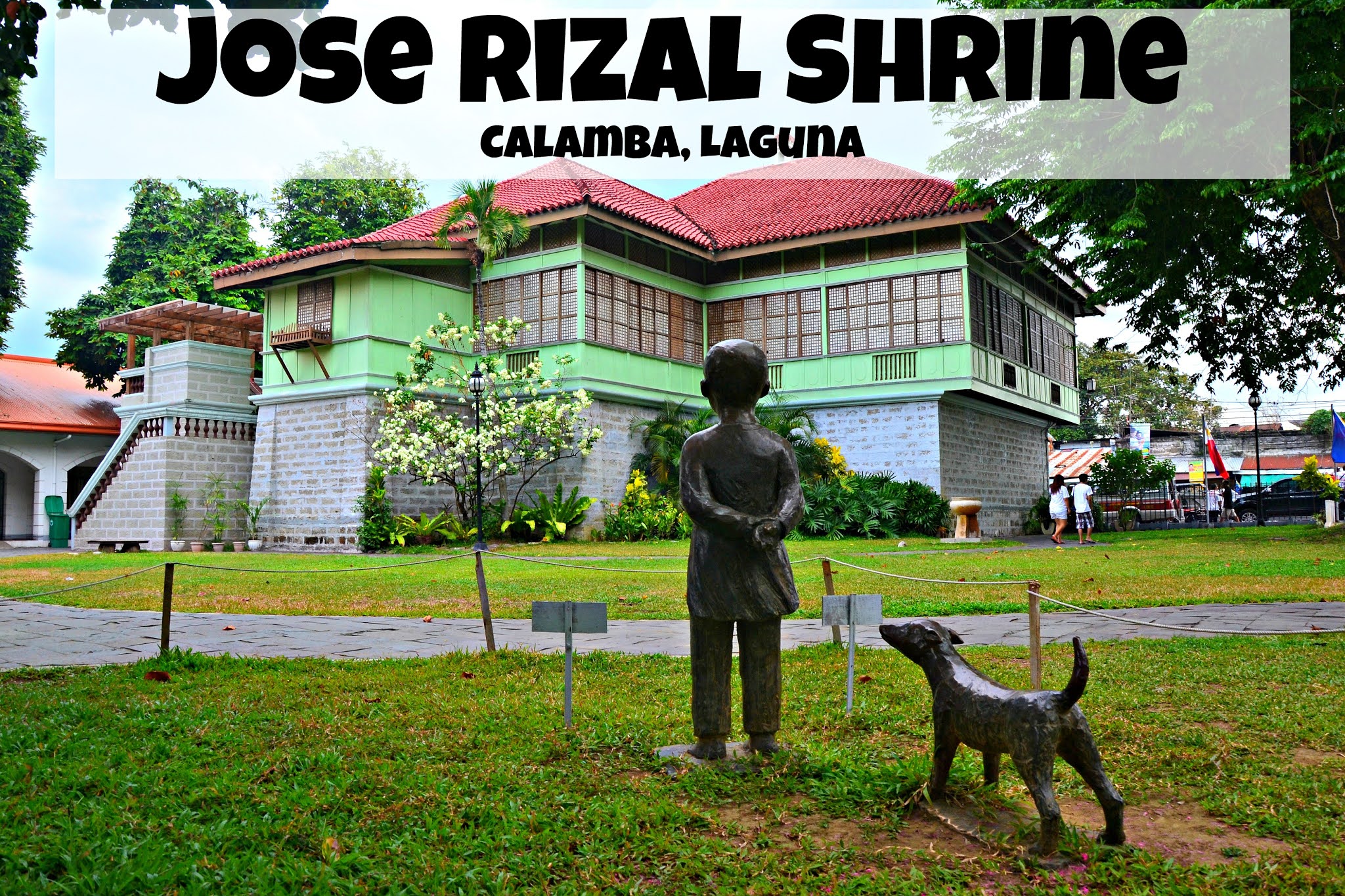Hikone Castle (彦根城) is an Edo-period castle that is one of the only 12 castles with an original tenshu. It is located at 1-1 Konkicho in Hikone City, Shiga Prefecture, Japan.
 |
| Hikone Castle |
Hikone Castle Details
Hikone Castle is a notable example of an Edo-period castle and is considered the most significant historical site in Shiga. Designated as a National Historic Site since 1951, it stands out as one of only twelve Japanese castles that still retain their original tenshu (main keep) and one of just five listed as National Treasures.
 |
| Hikone Castle - Hikone City, Shiga Prefecture |
Originally located directly on the shores of Lake Biwa, Hikone Castle now sits about one kilometer inland due to land reclamation efforts. The castle's strategic location was pivotal during the Sengoku period, positioned on a key route connecting Heian-kyō (modern Kyoto) to the eastern provinces. Initially controlled by the Azai clan, who built Sawayama Castle nearby, the area was later taken over by Oda Nobunaga.
 |
| Hikone Castle Area Guide Map |
 |
| Prefectural Road 518 going to Hikone Castle |
 |
| Ii Dairo Poem Monument |
 |
| Ii Dairo's info board |
 |
| Hikone Castle grounds map |
Following Nobunaga’s defeat of the Azai, Sawayama Castle was entrusted to his general Niwa Nagahide, and subsequently, to Toyotomi Hideyoshi’s advisor, Ishida Mitsunari. After Mitsunari’s defeat at the Battle of Sekigahara in 1600, Tokugawa Ieyasu appointed his general Ii Naomasa as the daimyō of a newly established domain centered around Sawayama Castle.
 |
| Hikone Castle Ninomaru Sawaguchi Tamon Yagura |
 |
| Hikone Castle's Stable / Umaya |
 |
| Inside Hikone Castle's Stable |
 |
| Crossing the wooden bridge to Hikone Castle |
 |
| Hikone Castle Museum |
Ii Naomasa, recognized for his military skill and diplomatic acumen, found Sawayama Castle inadequate and outdated. Opting for a new location, he relocated his base to the shores of Lake Biwa, where he constructed a modern castle. The chosen site had previously been home to the Buddhist temple Hogon-ji, a significant pilgrimage destination since its establishment in 1080.
The Steps leading up to Hikone Castle
 |
| Hikone Castle's Balance Turret |
Hikone Castle is characterized by its two concentric water moats encircling a 100-meter hill known as Mount Konki. The castle grounds are divided into three main areas: the southeastern "Kane-no-maru," the northwestern "Nishi-no-maru," and the central "Honmaru" (inner bailey). These enclosures are protected by dry moats and stone-faced defenses. The original main entrance, the "Otemon" gate, faced westward but was later replaced by the "Sawaguchi" gate, which connected to the Nakasendō highway.
 |
| Tenbin Tower |
 |
| From the Tenbin Tower, there are more steps before one reaches the main keep |
 |
| 聴鐘庵 |
 |
| The belfry on the castle grounds |
 |
| Taikomon Yagura |
 |
| The souvenir shop on Hikone Castle grounds |
 |
| Kumidai |
 |
| Hikone Castle observation area |
 |
| Drum Turret |
 |
| 時報鐘 |
 |
| The outer moat of Hikone Castle |
In a bid to reduce costs, the Ii clan repurposed materials from demolished fortifications within their domain, including stones and building components. Notably, the three-story tenshu, originally constructed in 1575, was relocated from Ōtsu Castle. This keep, with its distinctive, shorter, and stout design, was adapted from a former five-story structure. Additional features like the "Tenbin yagura" and "Nishinomaru Sanju Yagura" were also moved from other castles.
Hikone Castle's Main Keep (Tenshu)
Extensive restoration work on the tenshu took place between 1957 and 1960, followed by repairs on other structures until 1968. The daimyō palace was converted into the Hikone Castle Museum in 1987, with further restoration efforts continuing from 1993 to 1996. In 2006, Hikone Castle was honored as one of Japan’s Top 100 Castles by the Japan Castle Foundation.
Inside Hikone Castle's Main Keep
 |
| The view from the top floor of Hikone Castle |
In addition, the main keep of Hikone Castle, along with the Tsuke Turret and Tamon Turret, was designated a National Treasure by the Ministry of Education, Science, Sports and Culture in 1952. Several other buildings within the castle grounds have also been recognized as Important Cultural Properties.
Team Nicerio visits Hikone Castle
My family and I visited Hikone Castle for the first time last January 10, 2023. It was my 435th day here in Japan as an ALT under the JET Programme. During our visit, we explored the castle grounds and the tenshu of Hikone Castle. However, we skipped the garden and the museum as we were pressed for time. Unlike most castles that we visited in Japan, the interior of the tenshu was bare probably because the displays were all in the museum. The only thing we were able to do inside the tenshu was to experience the steep steps of its stairs and enjoy the view from the observatory on its top floor. Regardless, we enjoyed our visit to Hikone Castle. Given the chance, we would revisit it again in the future.
Hikone Castle Admission Fee
 |
| Hikone Castle Admission Fee |
For visiting Hikone Castle and Genkyuen Garden, the admission fee is 1,000 yen for adults, while elementary and junior high school students pay just 300 yen. For the Hikone Castle Museum, the entry fee is 700 yen for adults and 350 yen for elementary and junior high school students.
Alternatively, you can purchase a combined ticket that grants access to the castle, garden, and museum for 1,500 yen per adult and 550 yen for elementary and junior high school students.
Hikone Castle Operating Hours
Hikone Castle is open from 8:30 AM to 5 PM.
Why visit Hikone Castle?
Hikone Castle is a must-visit destination for its remarkable historical, architectural, and scenic appeal. As one of Japan’s few remaining original castles, it offers a rare glimpse into the Edo period with its well-preserved main keep and distinctive turrets, all designated as National Treasures. The castle’s picturesque location on a hill overlooking Lake Biwa enhances its charm, providing stunning views and a serene atmosphere. Visitors can explore the castle’s unique architectural features, enjoy cultural treasures at the Hikone Castle Museum, and participate in seasonal festivals. Conveniently located in Hikone, the castle is easily accessible and offers a rich cultural experience combined with historical depth and natural beauty.
Getting to Hikone Castle
To reach Hikone Castle from Kansai International Airport, follow these steps:
1. Take the JR Airport Express: From Kansai International Airport, board the JR "Kansai Airport Rapid Service" or "Haruka Express" train bound for Osaka or Kyoto.
2. Transfer at Shin-Osaka Station: Travel to Shin-Osaka Station (about 50-60 minutes from Kansai Airport). At Shin-Osaka, transfer to the JR Tokaido Shinkansen.
3. Ride the Shinkansen to Maibara Station: Board a Shinkansen (bullet train) on the JR Tokaido Line, heading towards Maibara Station. The journey takes approximately 30 minutes.
4. Transfer to the JR Biwako Line: At Maibara Station, transfer to the JR Biwako Line.
5. Arrive at Hikone Station: Travel from Maibara to Hikone Station on the JR Biwako Line, which takes about 10 minutes.
6. Walk to Hikone Castle: From Hikone Station, it’s a 10-15 minute walk to Hikone Castle. Follow signs and local maps to reach the castle.
This route offers a combination of rapid train travel and a short walk, making it a convenient way to visit Hikone Castle from Kansai International Airport.
Ratings
 |
| Crowd |
 |
| Cleanliness |
 |
| Overall rating |






































































That's another castle that I'd want to visit next time I tour Kansai Region.
ReplyDeleteI highly recommend Hikone Castle. Please do visit.
Delete